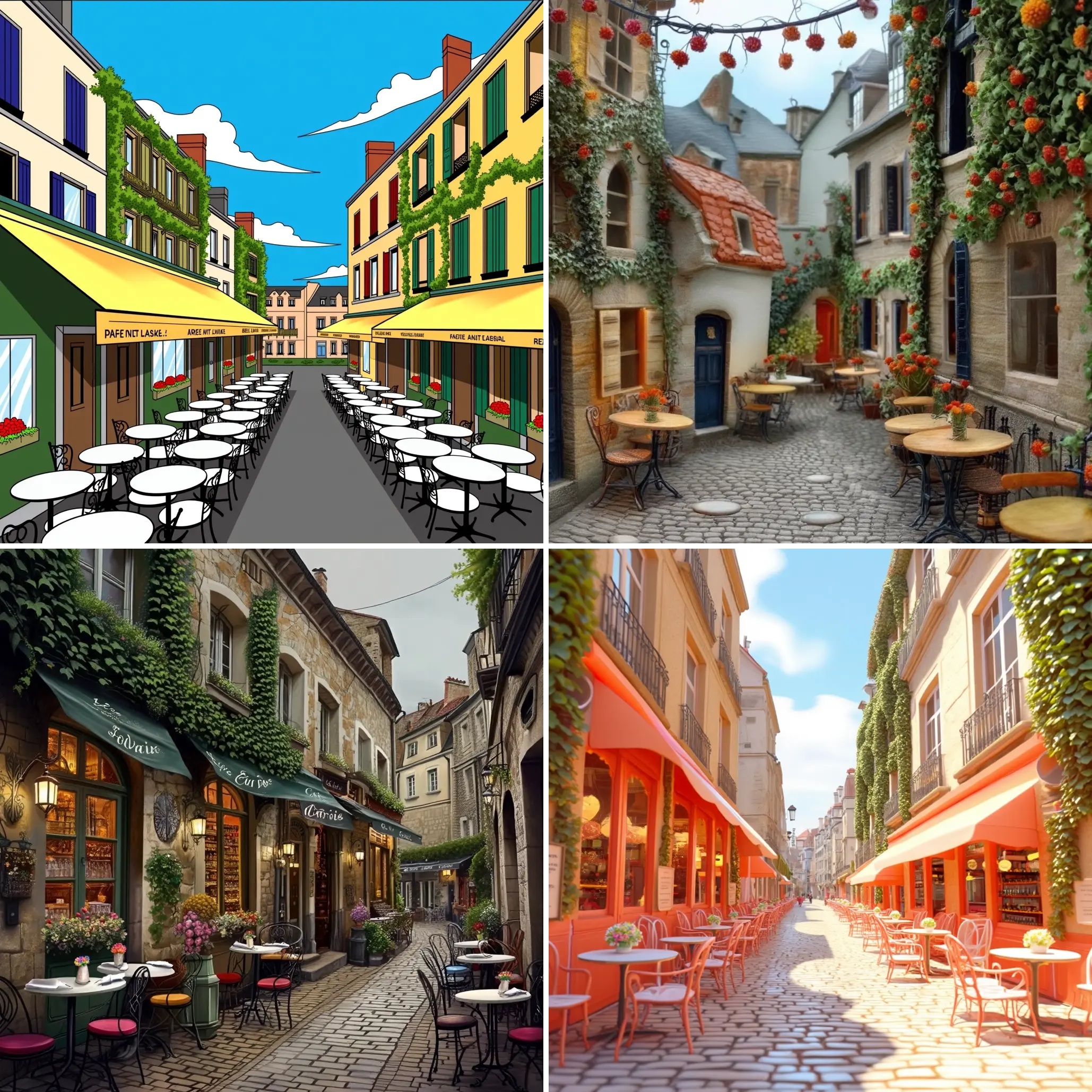ComfyUI Node: Layer Diffuse Cond Apply
LayeredDiffusionCondApply
Categorylayer_diffuse
huchenlei (Account age: 3160days) Extension
ComfyUI-layerdiffuse (layerdiffusion) Latest Updated
2025-02-25 Github Stars
1.63K
How to Install ComfyUI-layerdiffuse (layerdiffusion)
Install this extension via the ComfyUI Manager by searching for ComfyUI-layerdiffuse (layerdiffusion)- 1. Click the Manager button in the main menu
- 2. Select Custom Nodes Manager button
- 3. Enter ComfyUI-layerdiffuse (layerdiffusion) in the search bar
Visit ComfyUI Online for ready-to-use ComfyUI environment
- Free trial available
- 16GB VRAM to 80GB VRAM GPU machines
- 400+ preloaded models/nodes
- Freedom to upload custom models/nodes
- 200+ ready-to-run workflows
- 100% private workspace with up to 200GB storage
- Dedicated Support
Layer Diffuse Cond Apply Description
Enhance diffusion in AI art with conditional layers for nuanced outputs.
Layer Diffuse Cond Apply:
LayeredDiffusionCondApply is a node designed to enhance the diffusion process in AI-generated art by applying conditional layers. This node leverages a specific model configuration to blend conditional and unconditional inputs with latent representations, resulting in more nuanced and detailed outputs. The primary benefit of using this node is its ability to incorporate multiple layers of conditions, which can significantly improve the quality and specificity of the generated images. By utilizing this node, you can achieve more complex and refined artistic results, making it an essential tool for AI artists looking to push the boundaries of their creative projects.
Layer Diffuse Cond Apply Input Parameters:
model
This parameter represents the ModelPatcher instance that will be used for the diffusion process. It is crucial as it defines the model architecture and parameters that will be applied during the diffusion. The model must be compatible with the specific layered diffusion model being used.
cond
This parameter is the conditional input that guides the diffusion process. It typically consists of a list of tensors that provide specific conditions or prompts to influence the generated output. The quality and relevance of the conditions directly impact the final image.
uncond
This parameter represents the unconditional input, which serves as a baseline or control for the diffusion process. It is used in conjunction with the conditional input to balance and refine the output. Like cond, it usually consists of a list of tensors.
latent
This parameter is the latent representation of the input data, which serves as the starting point for the diffusion process. It is a crucial component as it encapsulates the initial state from which the model will generate the final output. The latent representation must be processed correctly to ensure accurate results.
config
This parameter specifies the configuration string for the layered diffusion model. It determines which model configuration will be used, ensuring that the correct settings and parameters are applied. The configuration string must match one of the available models in the system.
weight
This parameter is a float value that controls the influence of the layered diffusion process. It determines how strongly the conditions will affect the final output. The weight must be carefully adjusted to achieve the desired balance between the conditional inputs and the generated image. Typical values range from 0.0 to 1.0.
Layer Diffuse Cond Apply Output Parameters:
output
The output of this node is the final image generated by the layered diffusion process. It is a tensor that represents the refined and conditioned image, incorporating the specified conditions and latent representations. The quality and characteristics of the output image depend on the input parameters and the model configuration used.
Layer Diffuse Cond Apply Usage Tips:
- Ensure that the
modelparameter is correctly configured and compatible with the layered diffusion model to avoid compatibility issues. - Experiment with different
condanduncondinputs to see how they influence the final output. This can help you achieve more diverse and interesting results. - Adjust the
weightparameter to find the optimal balance between the conditional inputs and the generated image. A higher weight will make the conditions more prominent, while a lower weight will result in a more subtle influence.
Layer Diffuse Cond Apply Common Errors and Solutions:
"Model configuration not found"
- Explanation: This error occurs when the specified
configstring does not match any available model configurations. - Solution: Verify that the
configstring is correct and matches one of the available models in the system.
"Model version mismatch"
- Explanation: This error occurs when the model version of the
ModelPatcherdoes not match the version required by the layered diffusion model. - Solution: Ensure that the
ModelPatcherinstance is compatible with the layered diffusion model's version requirements.
"Invalid latent representation"
- Explanation: This error occurs when the
latentparameter is not correctly processed or is incompatible with the model. - Solution: Check that the latent representation is correctly formatted and processed before passing it to the node. Ensure it matches the expected input format for the model.
Layer Diffuse Cond Apply Related Nodes
RunComfy is the premier ComfyUI platform, offering ComfyUI online environment and services, along with ComfyUI workflows featuring stunning visuals. RunComfy also provides AI Playground, enabling artists to harness the latest AI tools to create incredible art.




